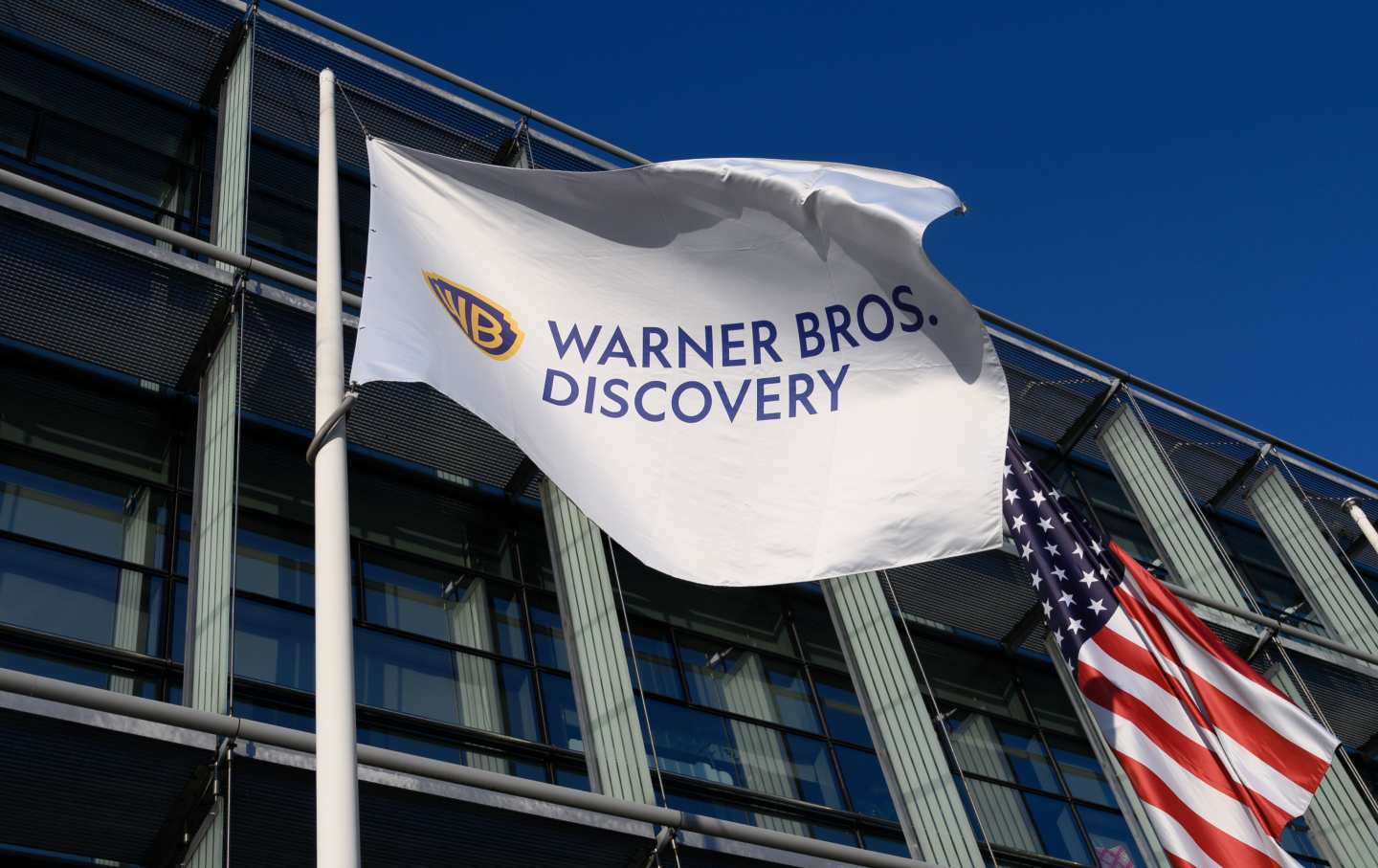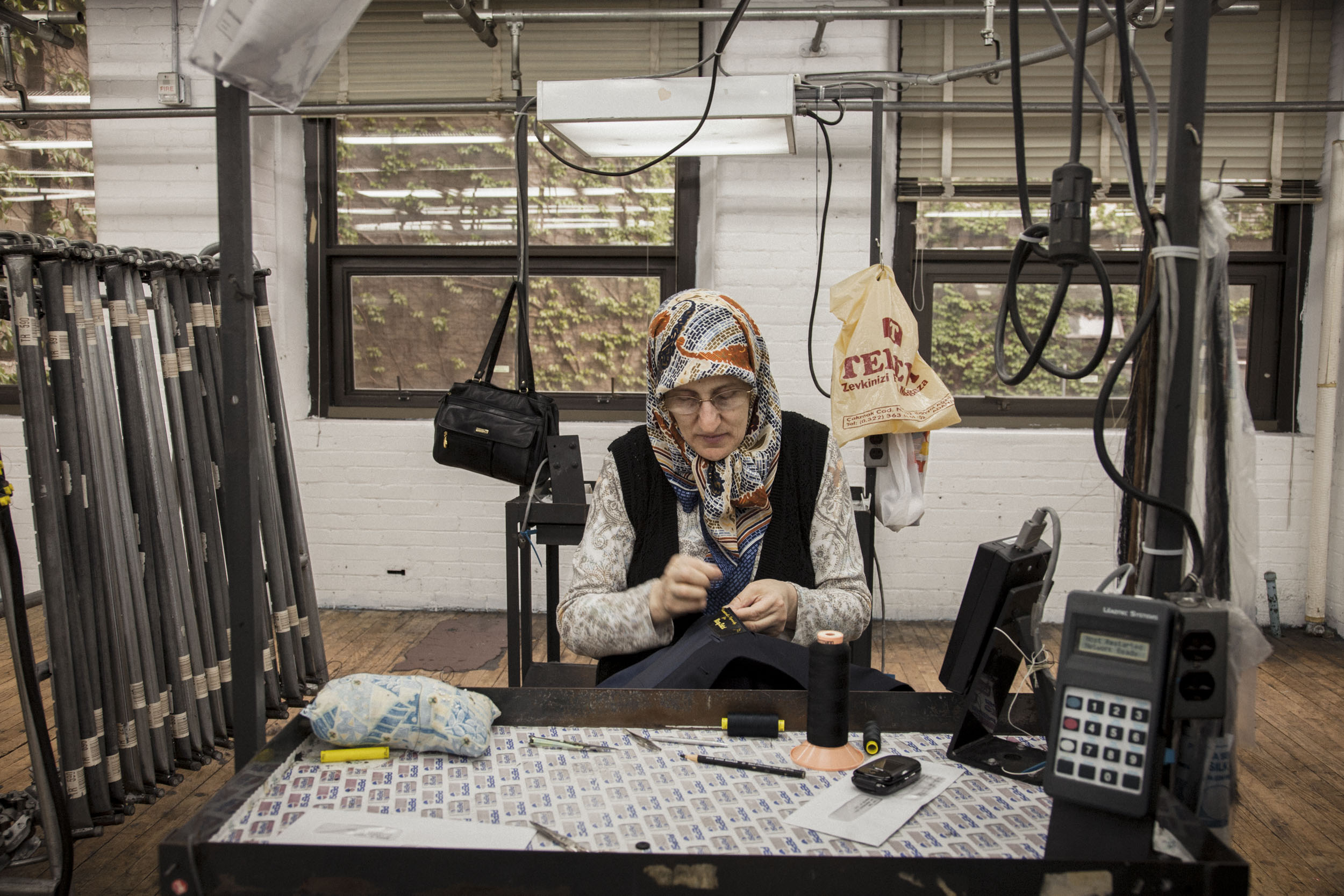
Hickey Freeman’s Next Chapter
This factory in upstate New York is a testament to the lasting legacy and future of the modern labor movement.
This story is part of States of Our Union, a series presented in collaboration between The Nation, Magnum Photos, and the Economic Hardship Reporting Project.
The Hickey Freeman factory on the outskirts of Rochester, New York—a towering building known as the Temple to Fine Tailoring—looks like a vestige of bygone era of American fashion, but its tailored suits have never gone out of style. And while the workforce has morphed since the company’s founding in 1899, the meticulous attention to detail and reverence for the craft remain constants. Decades ago, the din of the factory was cut with voices of Italian women reciting the rosary as they stitched. In recent years, new accents have hovered over the shop floor—migrants from China, Afghanistan, Nepal, Morocco, Democratic Republic of Congo, and dozens of other countries, all plying an Old World trade as they pieced together new lives in the United States.
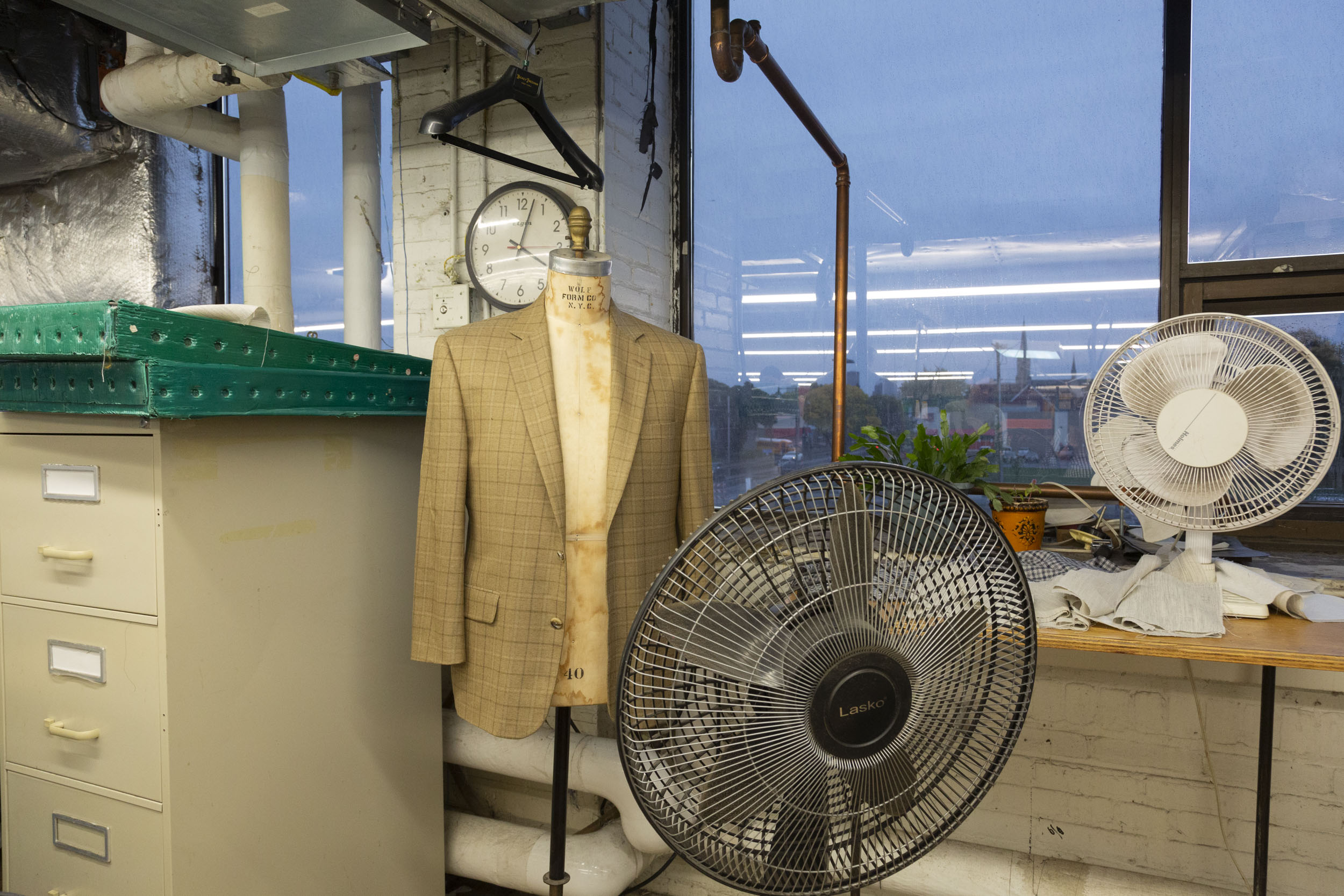
“It’s beautiful when you see all the different countries, different nationalities, just getting along beautifully. I love it,” said Guy Regis, an Italian American presser who joined the operation in the early 1970s right after high school.
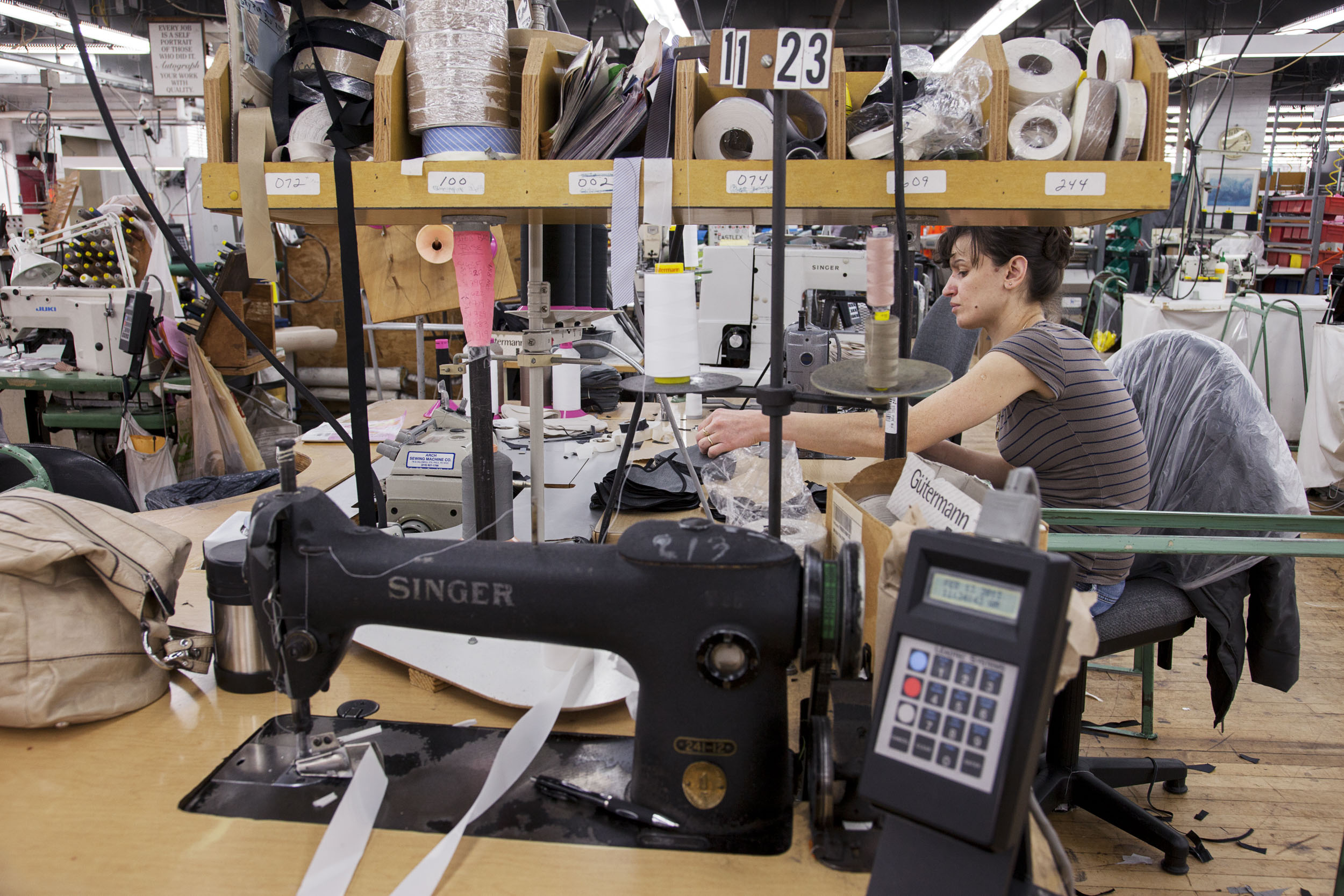
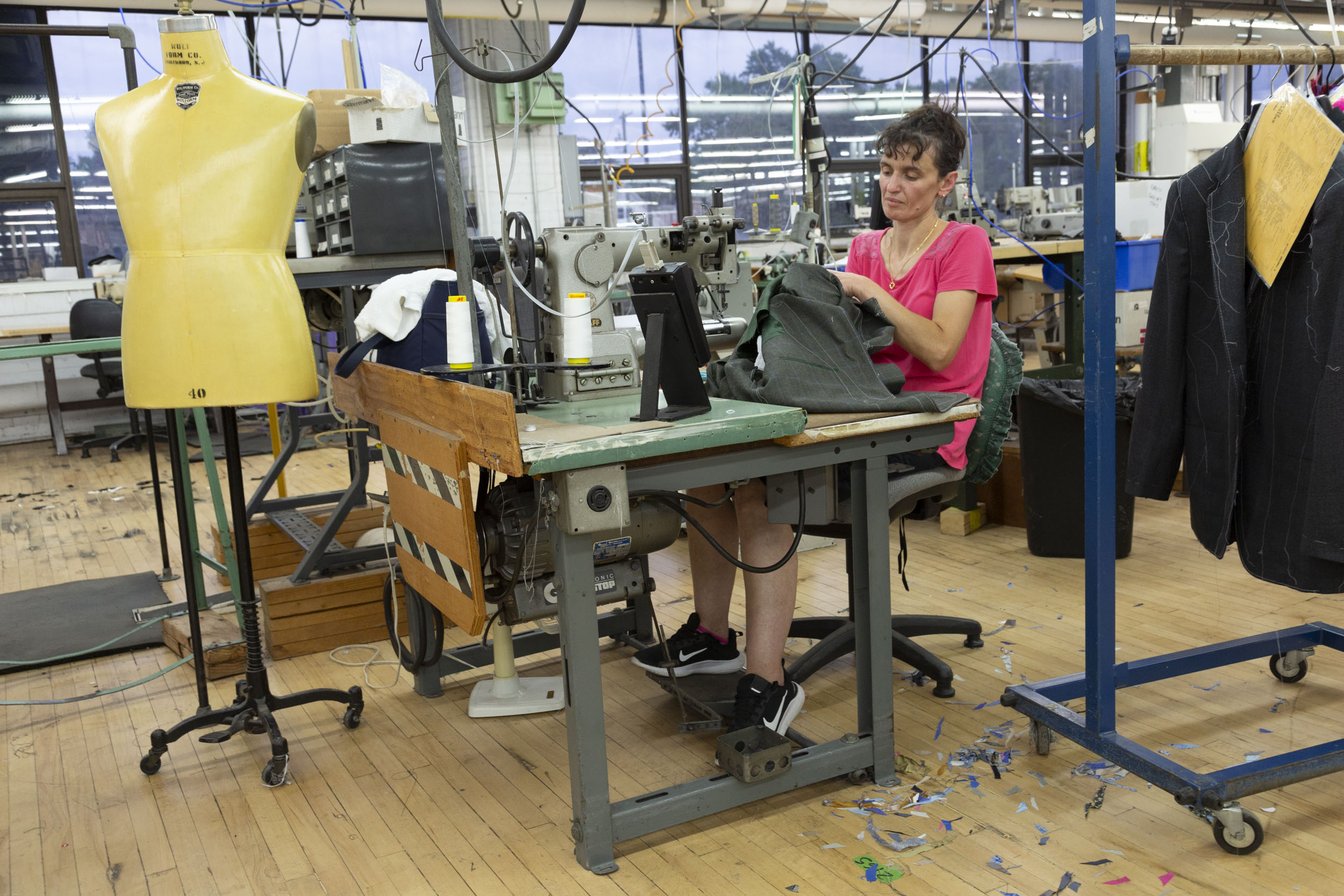
Following several ownership transitions since the 2000s, the factory now produces menswear at a lower volume and with a workforce that is only about an eighth its size a century ago, when the Temple was built. But the drive to earn a meaningful living remains. Arcing over the old factory entryway is a generations-old wooden sign: “Keep the Quality Up”—an exhortation that all of the Temple’s denizens have internalized over the years, whether they have spent their entire work lives here, or they move on to college or other careers after a few years, as many of the more ambitious immigrant workers do.
“Each one of these employees has their own story,” said John Martynec, who started at Hickey Freeman in the 1980s as a college student and is now executive vice president. Reflecting on how the demographics of the workforce have evolved over the years (his mother worked at the factory after migrating from Eastern Europe in the 1950s), he added, “What’s really kind of fascinating is that I grew up down the block and I’m coming to work here. They all came from all different parts of the world and kind of settled into our little community here.”
When the factory first opened, the city’s burgeoning ready-to-wear garment sector was as tumultuous as it was prosperous, drawing laborers from Eastern and Southern Europe who worked long hours in sweatshops and formed the vanguard of a nascent industrial labor movement. Militant women workers helped lead a massive strike in 1913, part of a wave of uprisings of needle-trade workers across the region. Hickey Freeman workers unionized in 1919, and over the next several years established what trade unionists called “industrial peace.” The Amalgamated Clothing Workers of America—which also represented workers at other local factories—met resistance from management at first but ultimately reached a noteworthy mutual respect between management and labor that led to decades of cooperative governance.
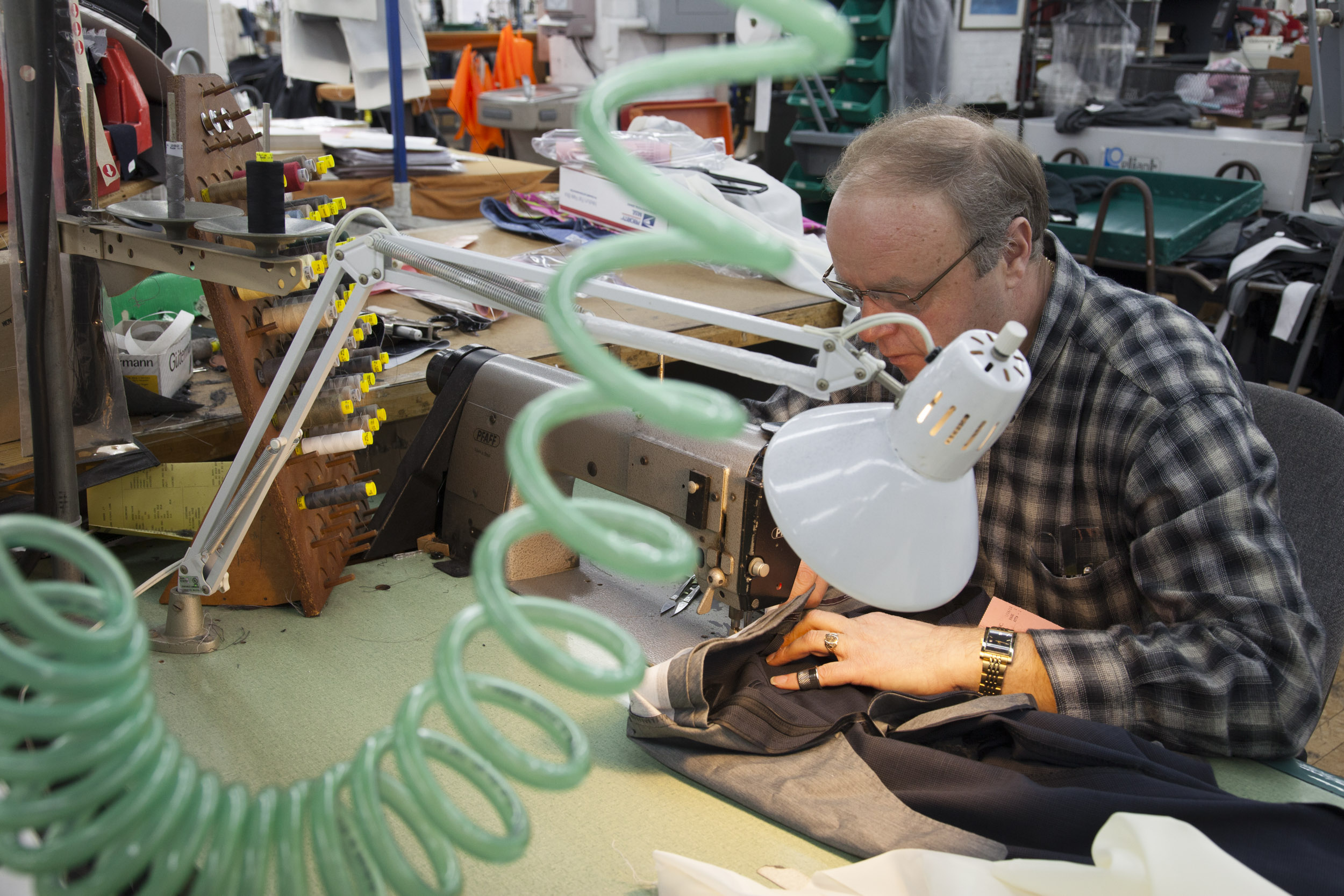
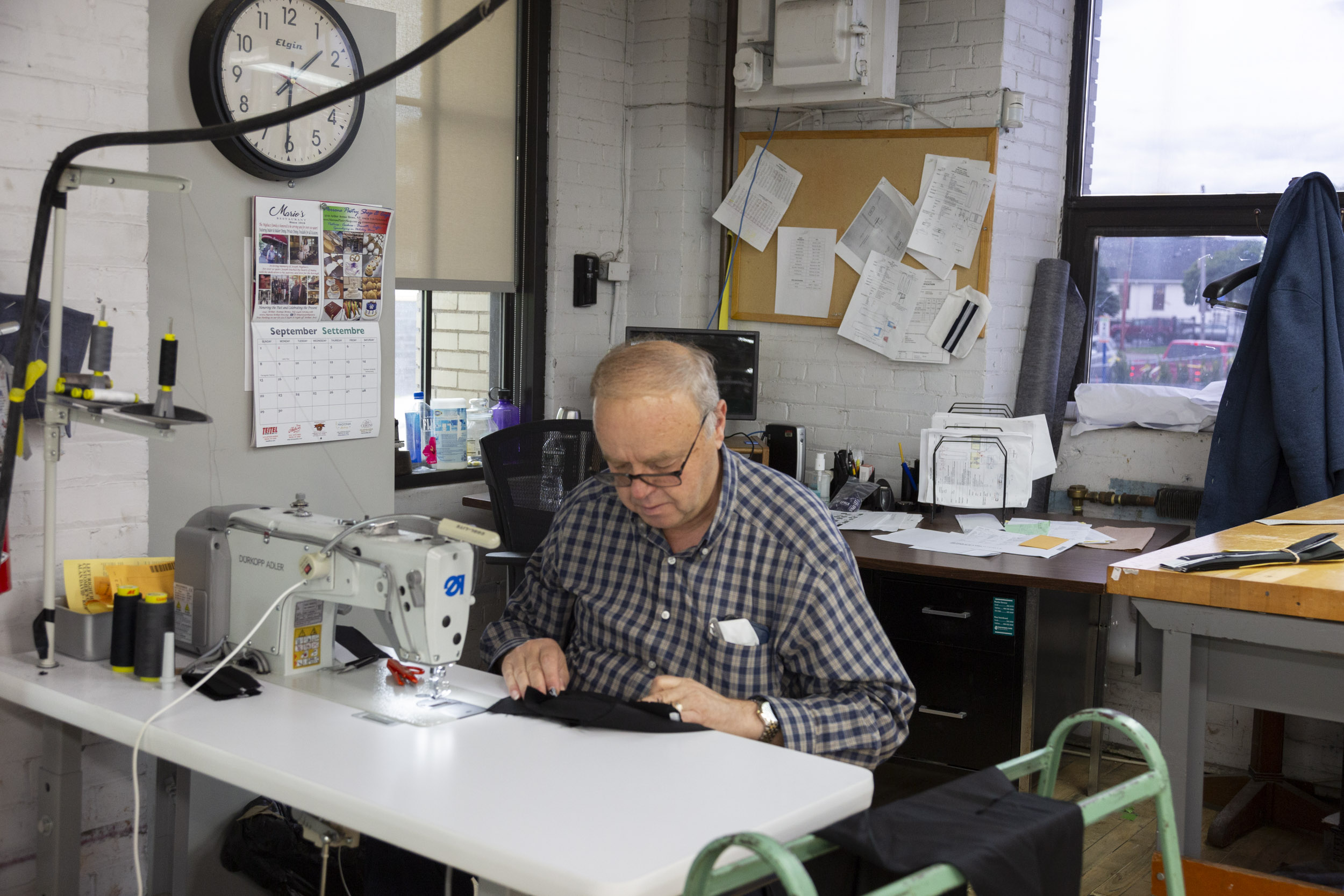
During the Depression, for example, the union negotiated a work-sharing arrangement with management that systematically reduced workers’ hours in order to keep as many on the payroll as possible. The factory’s collective-bargaining agreement, as well as management’s collaborative protocol of planning the production process in tandem with the union, were later hailed by labor advocates as a model for industrial democracy in a 1949 study by the National Planning Association. Under that disciplined collective-bargaining structure, the Hickey Freeman brand and its union label also became synonymous with impeccable style.
The workers have crafted suits worn by Presidents Biden and Obama, as well as stars like Cary Grant and Paul Newman (and they’ve taken home quite a few suits themselves). But the workforce steadily diminished as automation and globalization drove fashion brands into “cheaper” labor markets in Asia or Latin America. Hickey Freeman filed for bankruptcy in 2008, setting off a cascade of restructuring. Authentic Brands purchased the license for the company’s label in 2012; under a different owner, much of the production of Hickey Freeman–branded apparel has shifted to Canada and Mexico. The factory kept workers employed during the pandemic by producing protective masks. And last year, Senator Chuck Schumer helped broker the latest takeover by Tennessee-based menswear brand Tom James, ushering in investments in equipment upgrades.
Meanwhile, the building has been transforming into a mixed-use facility. Rochester, a majority-non-white city that grew more economically and racially stratified amid deindustrialization and white flight, is turning part of the Temple into publicly subsidized housing—capping the factory’s evolution from an industrial hub to a frontier of postindustrial urban revival.
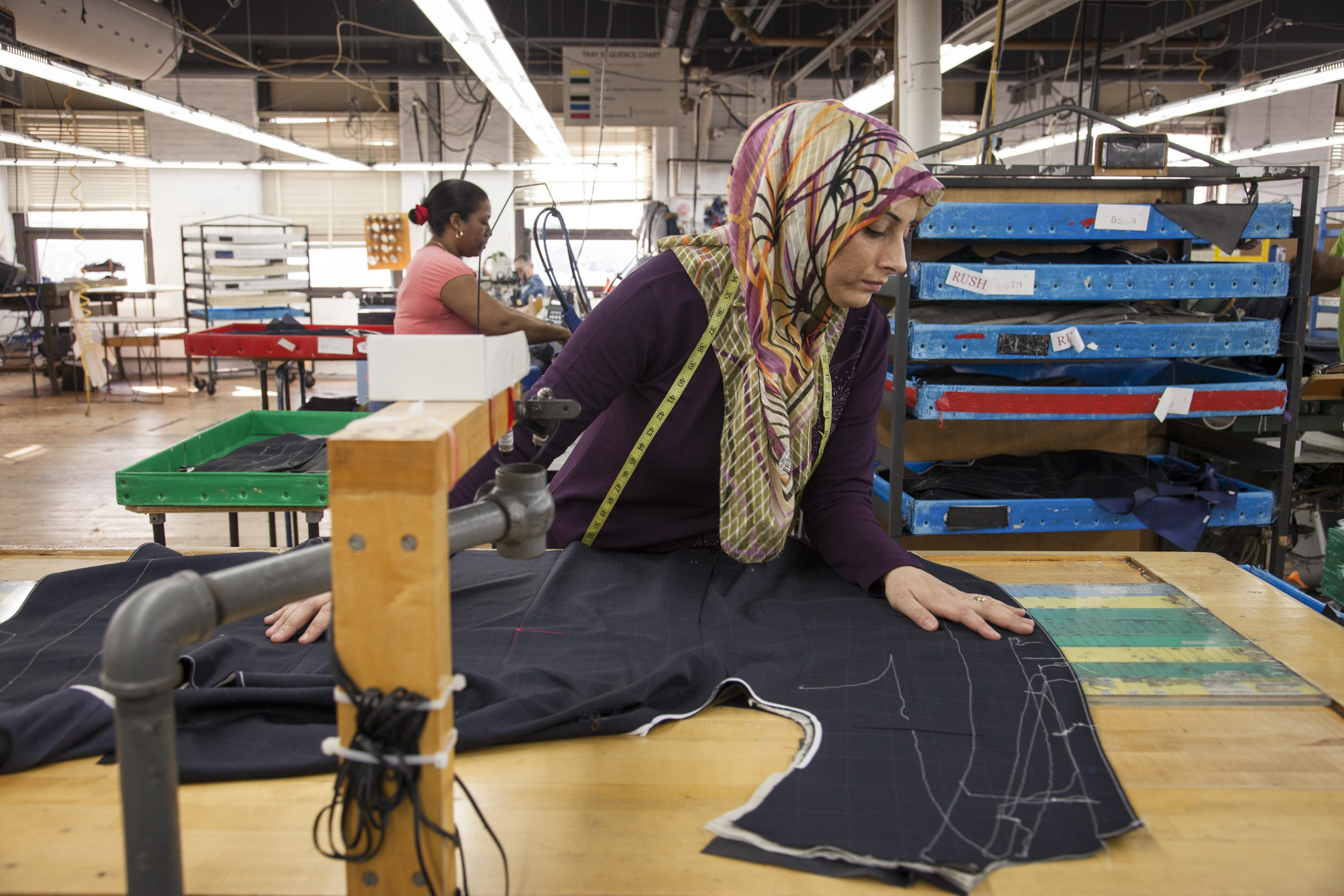
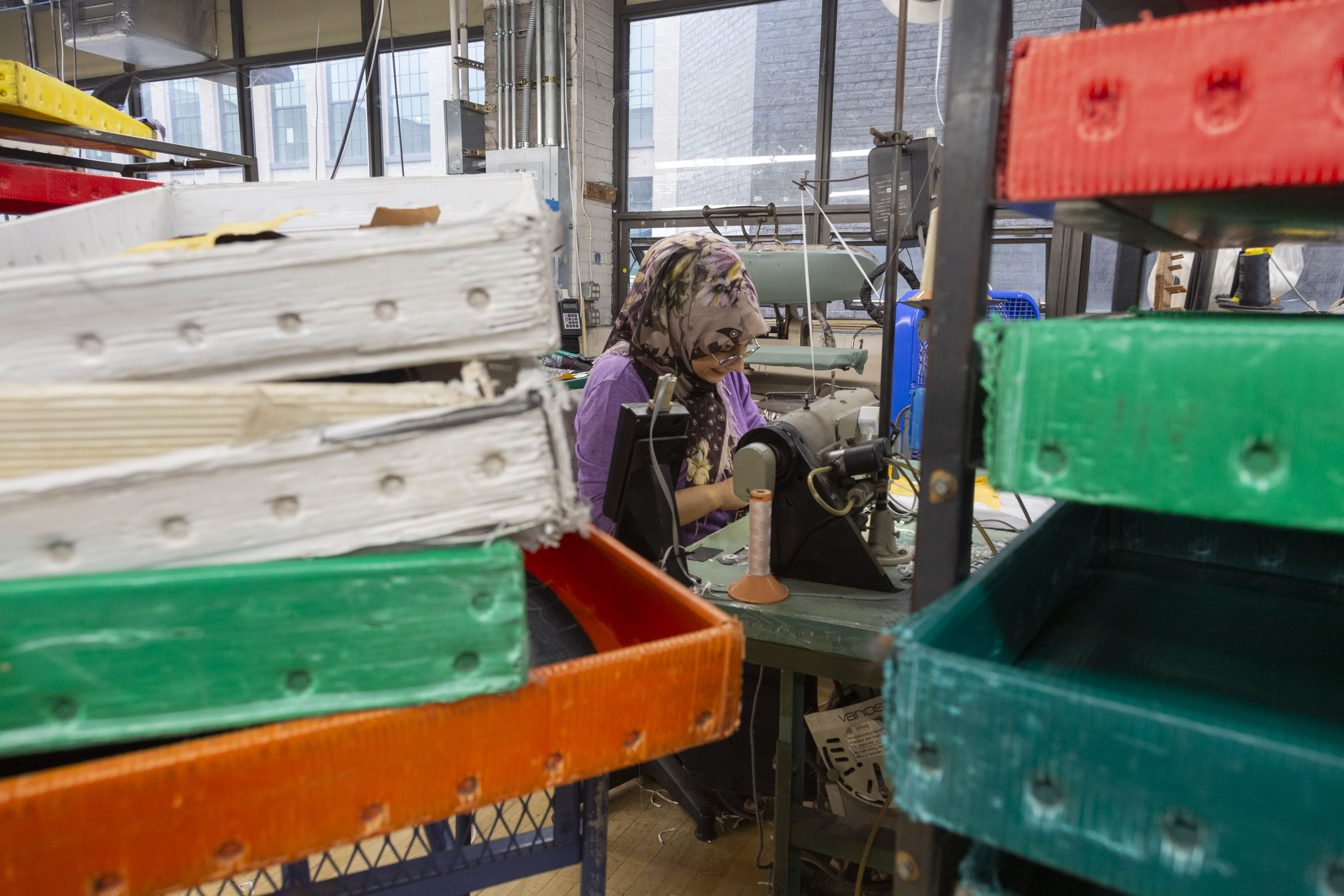
The factory’s roughly 220 workers now manufacture elite menswear for other labels, along with its own, Rochester Tailored Clothing, but it’s no longer Hickey Freeman. Still, the name sticks, reflecting the legacy the brand represents for those who have made and worn the clothes.
“The culture, the people, the quality of work we do here, that’s what keeps us in the business mostly,” said Pranay Shah, who joined Hickey Freeman as a teenager in 1988, after migrating from Kathmandu, and worked as a union representative with Workers United (the progressive service-industry union that now represents the workers) before becoming production manager.
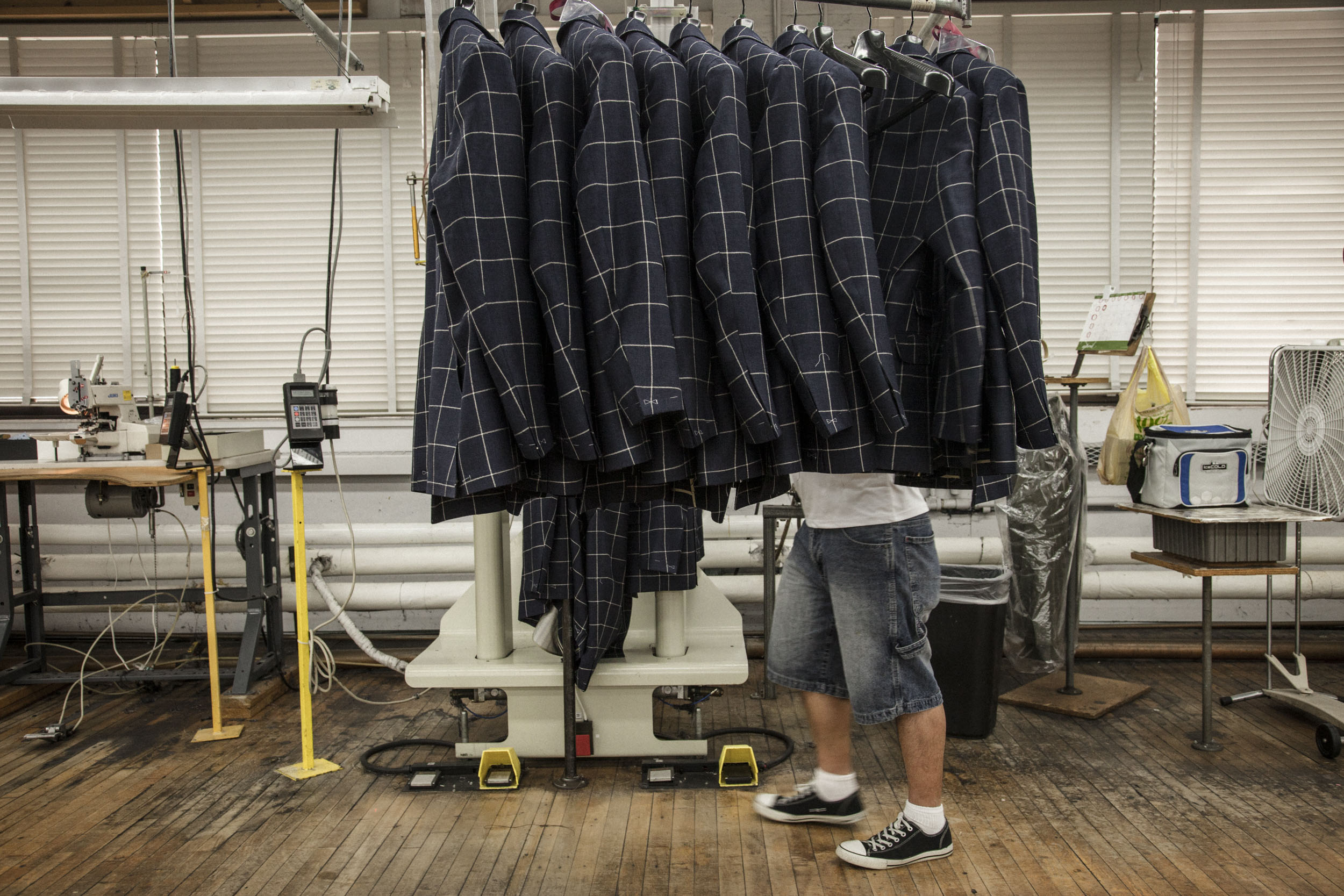
The luxury menswear market has largely left Rochester, but the Hickey Freeman spirit endures beyond the label itself. Whether workers stay for a couple of years or a few decades, every pair of hands that has helped carry forward the Temple’s craft has left an impression.
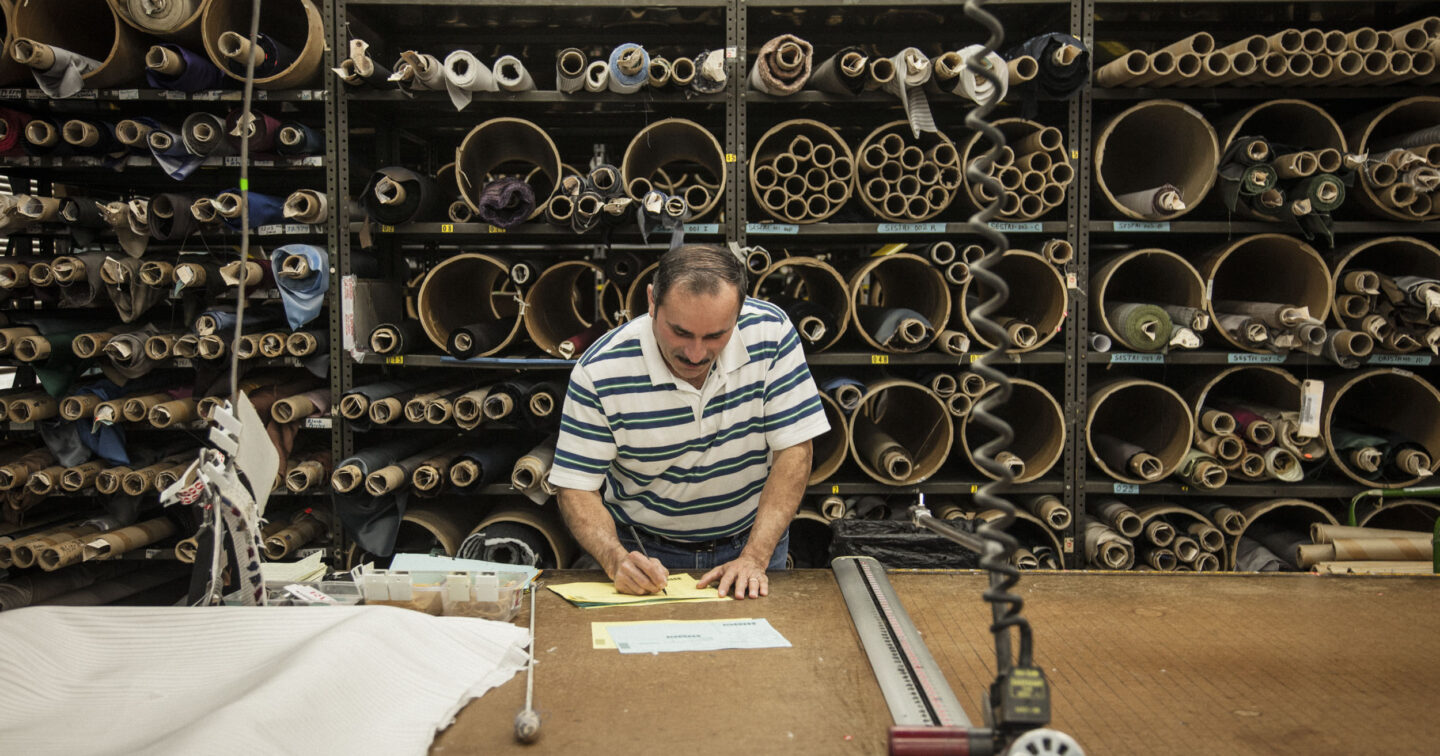
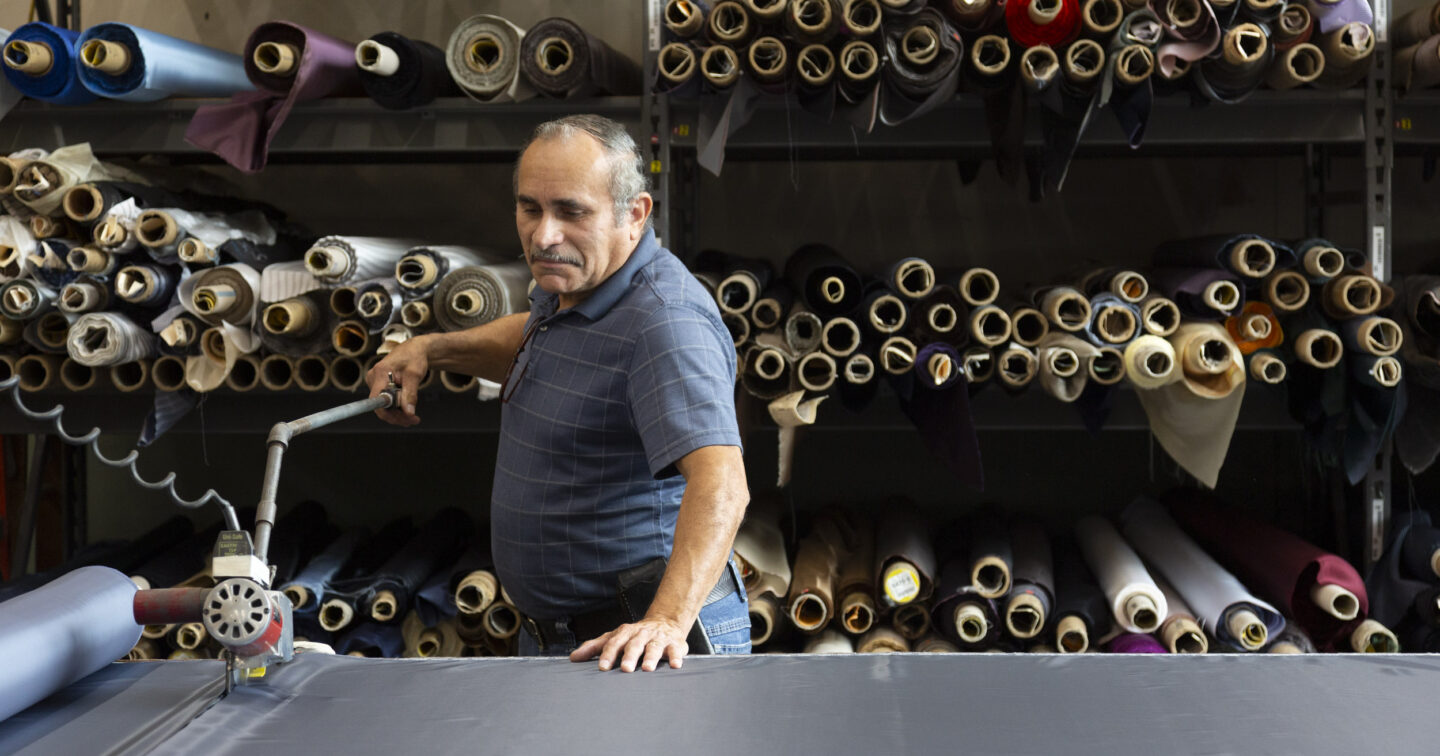
“You walk through the factory, you can see little wear marks on the floor where the people have done the same job and it’s worn out,” Martynec said. “And you kind of think about all the people that have come and gone—thousands of people—and how do you leave your mark here?”
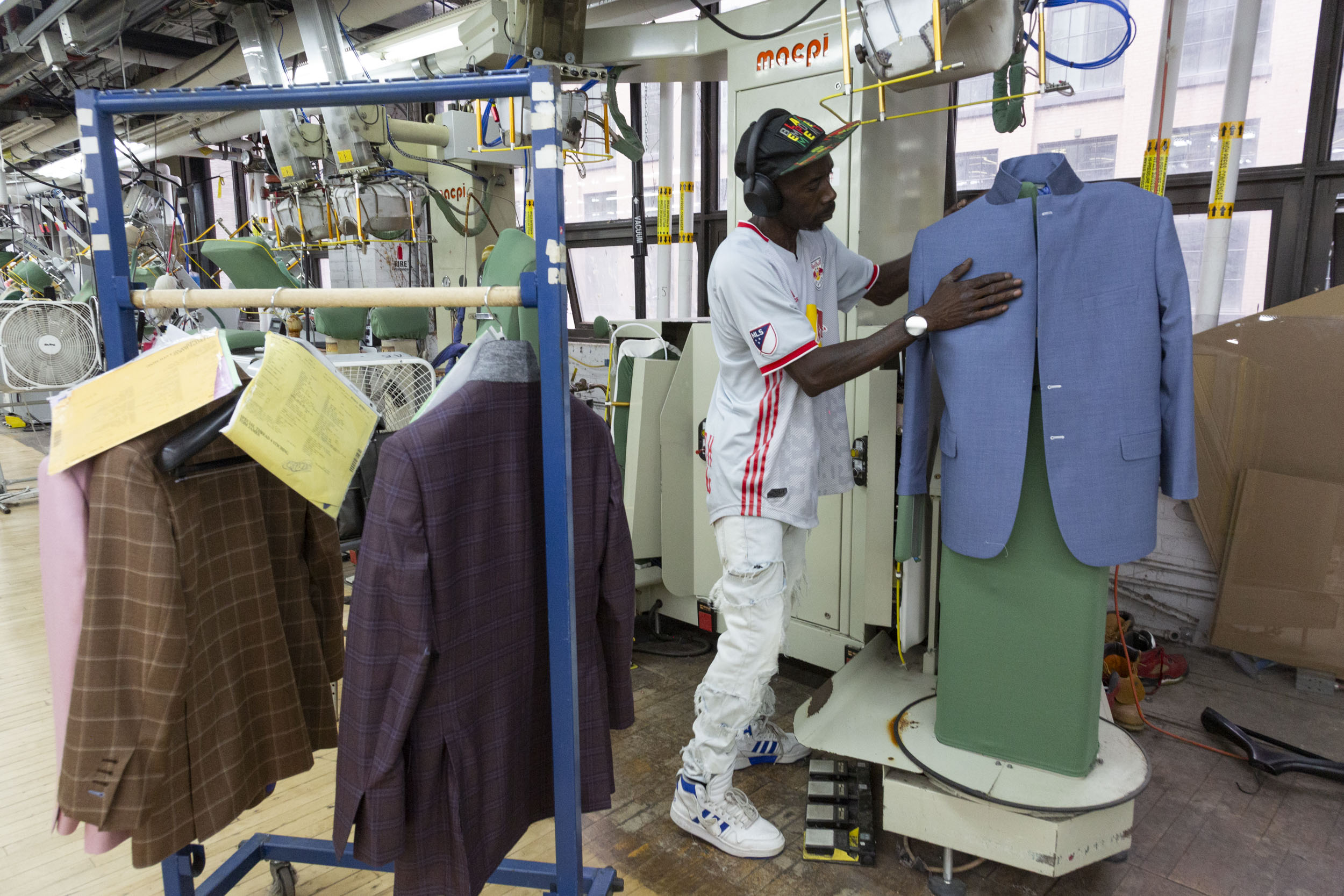
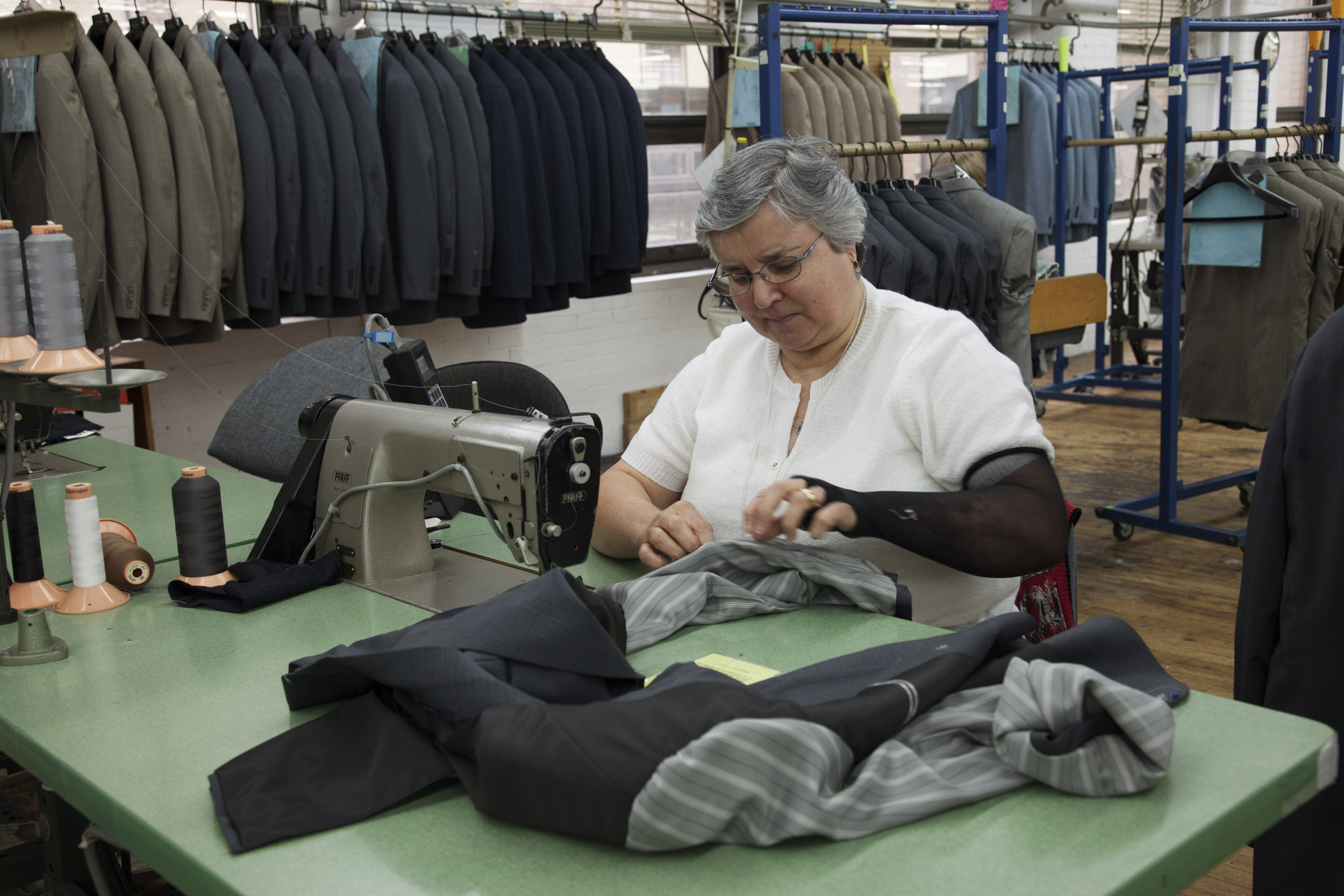
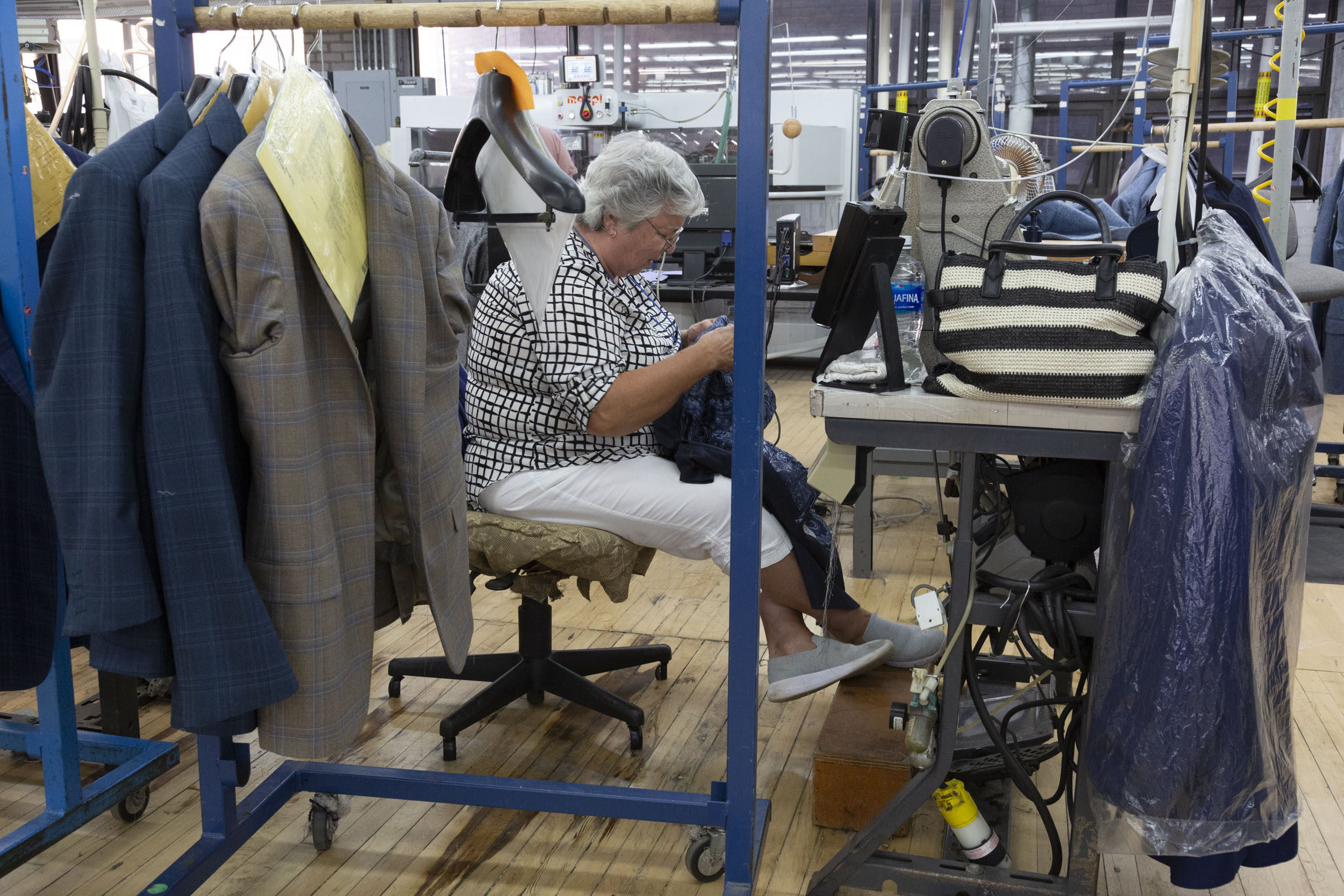
Disobey authoritarians, support The Nation
Over the past year you’ve read Nation writers like Elie Mystal, Kaveh Akbar, John Nichols, Joan Walsh, Bryce Covert, Dave Zirin, Jeet Heer, Michael T. Klare, Katha Pollitt, Amy Littlefield, Gregg Gonsalves, and Sasha Abramsky take on the Trump family’s corruption, set the record straight about Robert F. Kennedy Jr.’s catastrophic Make America Healthy Again movement, survey the fallout and human cost of the DOGE wrecking ball, anticipate the Supreme Court’s dangerous antidemocratic rulings, and amplify successful tactics of resistance on the streets and in Congress.
We publish these stories because when members of our communities are being abducted, household debt is climbing, and AI data centers are causing water and electricity shortages, we have a duty as journalists to do all we can to inform the public.
In 2026, our aim is to do more than ever before—but we need your support to make that happen.
Through December 31, a generous donor will match all donations up to $75,000. That means that your contribution will be doubled, dollar for dollar. If we hit the full match, we’ll be starting 2026 with $150,000 to invest in the stories that impact real people’s lives—the kinds of stories that billionaire-owned, corporate-backed outlets aren’t covering.
With your support, our team will publish major stories that the president and his allies won’t want you to read. We’ll cover the emerging military-tech industrial complex and matters of war, peace, and surveillance, as well as the affordability crisis, hunger, housing, healthcare, the environment, attacks on reproductive rights, and much more. At the same time, we’ll imagine alternatives to Trumpian rule and uplift efforts to create a better world, here and now.
While your gift has twice the impact, I’m asking you to support The Nation with a donation today. You’ll empower the journalists, editors, and fact-checkers best equipped to hold this authoritarian administration to account.
I hope you won’t miss this moment—donate to The Nation today.
Onward,
Katrina vanden Heuvel
Editor and publisher, The Nation

